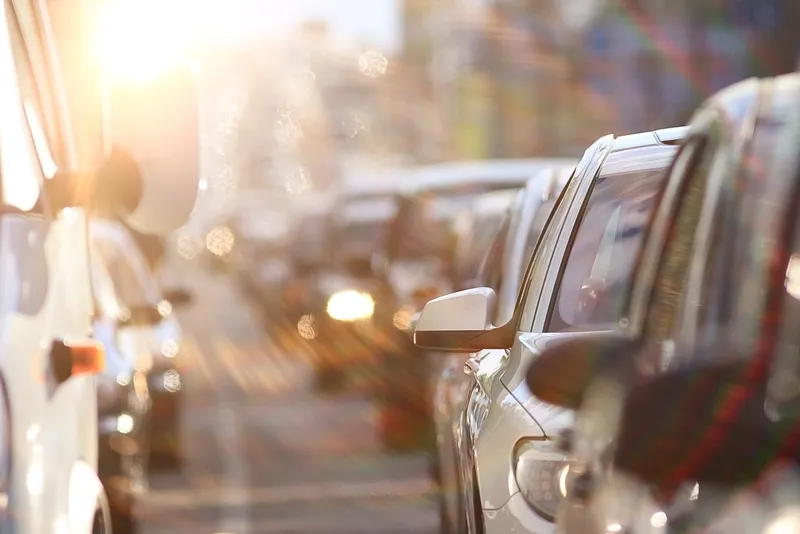This new system eliminates the need for Thruway patrons to stop or slow down at tolling points. By enabling toll transactions to be completed at highway speeds, the AET system facilitates free-flowing traffic across multiple lanes to minimise congestion; the resulting reduction in vehicle emissions will have a direct, beneficial environmental impact.
The initial project scope includes toll zones at the temporary and permanent New NY Bridge locations, the Harriman Route 17 exits and the Yonkers mainline toll facility. The project also includes options for future provision of AET at additional Thruway toll facilities. With this project the Thruway Authority is implementing a vision to facilitate more seamless traffic flow along a vital commercial and commuter link for New York’s largest cities and the entire north-east. The current Tappan Zee crossing being replaced by the new bridge accounts for the highest traffic volume (over 25 million trips in 2013) across the Thruway’s entire 570-mile expanse.
The project will be managed from the Kapsch TraffiCom North America office in Kingston, New York. Total value of this project to the company is US$18.6 million, with delivery anticipated in the third quarter of 2015.
“We are pleased to be the partner selected by the Thruway Authority to deliver their first AET system,” said Chris Murray, president and CEO, Kapsch TrafficCom North America. “Kapsch TrafficCom has installed electronic toll collection systems in 44 countries, including five nationwide systems, and we are excited to leverage this experience to support the Thruway Authority and to deliver a safer, more reliable commute for the users of the New York Thruway.”
Kapsch to provide AET for New York State Thruway
Kapsch TrafficCom is to provide the New York State Thruway Authority with the development, installation and technical support for an all electronic tolling (AET) system.
This new system eliminates the need for Thruway patrons to stop or slow down at tolling points. By enabling toll transactions to be completed at highway speeds, the AET system facilitates free-flowing traffic across multiple lanes to minimise congestion; the resulting reduction in vehicle emissions will have a direct, beneficial environm
July 22, 2014
Read time: 2 mins









